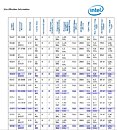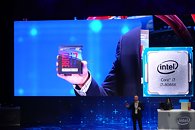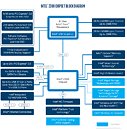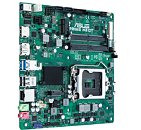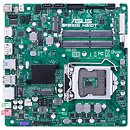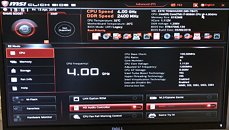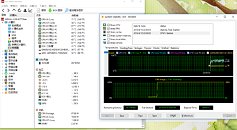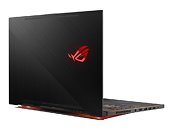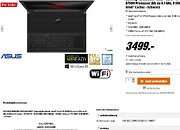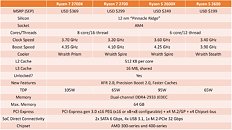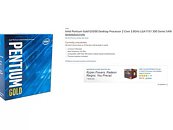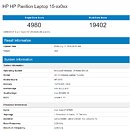
Intel 9000 Series CPU Lineup Confirmed in Official Microcode Revision Guidance + Clocks
Following all of the unofficial, tentative tidbits of information following Intel's on-again, off-again 9000 series CPU lineup (which still belongs to the 8th Generation), we now have official confirmation - as is usual, through Intel's documentation. In this instance, the "culprit" is Intel's Microcode Revision Guidance. The Coffee Lake S series featuring 6+2 configurations are now listed with Core i5-9600(K), Core i5-9500(T) and the Core i5-9400, while the Core i3-9100 and Core i3-9000 SKUs are listed with a 4+2 configuration.
Update: Intel's 8th Gen Specification Update now lists clocks and core count for the aforementioned CPUs. Overall, there's an increased 100 or 200 MHz Max Turbo frequency across the board within the same TDP package, and some instances of 100 MHz base frequency increases over Intel's 8000 series CPUs (can't just call them 8th gen anymore now can we?). The 9600K, for example, increases base clocks from the 8600K by 100 MHz (up to 3.7 GHz base), but pole-vaults its predecessor in maximum Turbo (up to 4.5 GHz).
Update: Intel's 8th Gen Specification Update now lists clocks and core count for the aforementioned CPUs. Overall, there's an increased 100 or 200 MHz Max Turbo frequency across the board within the same TDP package, and some instances of 100 MHz base frequency increases over Intel's 8000 series CPUs (can't just call them 8th gen anymore now can we?). The 9600K, for example, increases base clocks from the 8600K by 100 MHz (up to 3.7 GHz base), but pole-vaults its predecessor in maximum Turbo (up to 4.5 GHz).


